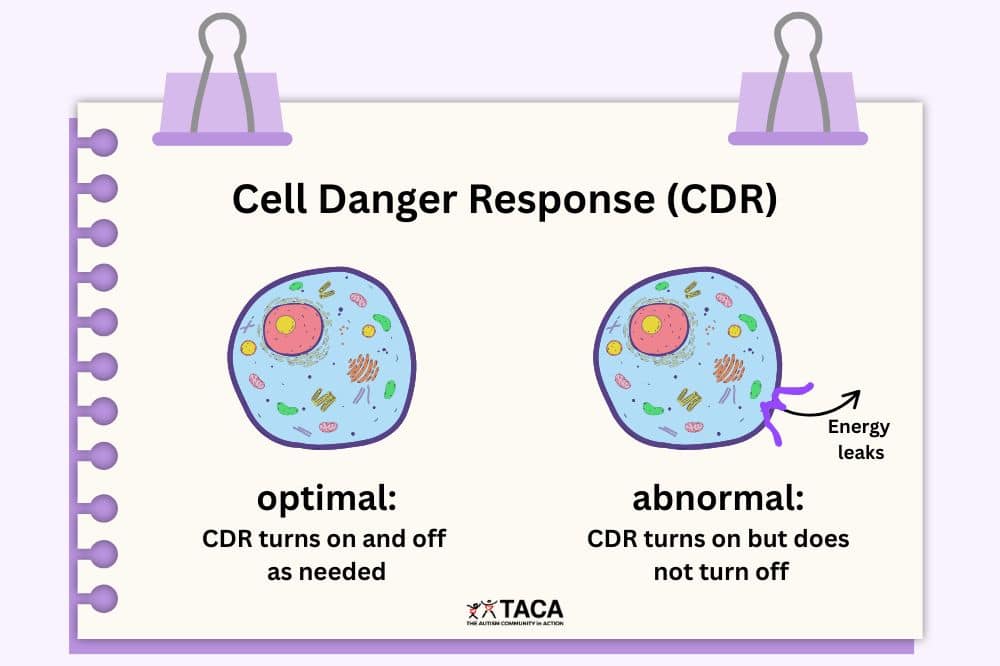Maximizing Time With Your Child’s Doctor

All contents of this resource were created for informational purposes only and are not intended to be a substitute for professional advice, diagnosis, or treatment. Always seek the advice of your physician, therapist, or other qualified health providers with any questions or concerns you may have.
After you’ve carefully chosen a doctor and made an appointment, you may be wondering how to maximizing time with your child’s doctor. This article will provide ideas for things to do before, during, and after appointments to make the most of those valuable meetings.
Maximizing time with your child’s doctor by preparing for your appointment
Many doctors have waitlists that are weeks to months long. While the wait may seem frustrating, there are lots of things you can do before your appointment to pave the way for an efficient and effective meeting with your child’s doctor.
Start the gluten-free, casein-free (GFCF) diet
First, consider implementing a gluten-free, casein-free (GFCF) diet. By simply eliminating gluten and dairy from your child’s diet, you’ll likely see improvements not only in their health but their ability to develop skills as well.
The following resources provide information about the GFCF diet and how to implement it:
- Introduction to the GFCFSF Diet
- Guide for Going GFCF in 10 Weeks
- Top Reasons to Implement a Gluten-Free, Casein-Free Diet
Familiarize yourself with common co-occurring conditions
Because the symptoms of many common underlying medical issues mimic behaviors we associate with autism, it’s beneficial to familiarize yourself with them. Doing so will help you prioritize which concerns to discuss with your child’s doctor and give you a better understanding of why they may suggest particular tests and treatments.
To learn more about underlying medical issues common to autism, we offer the following resources:
- TACA+ Recorded Webinar Archive
- Introduction to Medical Interventions for Autism
- Underlying Medical Issues in Autism
Get basic lab work from your pediatrician
Additionally, consider asking your child’s pediatrician to order basic lab work. These lab results may give your specialist or functional medicine doctor information as to what to order next.
To learn more about Lab Testing, click here.
Make a list of your top concerns
Prepare a list of your top concerns to bring to your appointment. From this list, you’ll be able to inform the doctor of your priorities, giving them direction about where to focus first.
Provide the doctor with all necessary paperwork
Construct a list of all your child’s medications and supplements with dosages. Also, gather all lab work and information from other specialists to give to the admitting nurse to pass on to the doctor.
Verify insurance benefits
Last but not least, check with your insurance company to verify benefits. Knowing which costs will and won’t be covered will help you prepare for the expense. For example, some plans cover out-of-network doctors up to a certain percentage, and some labs are covered while others aren’t.
Maximizing time with your child’s doctor during the appointment
Below, you will find tips for how to maximize time with your child’s doctor during your appointment.
Use appointment time efficiently
Appointments are expensive and time always flies by when you’re in them, so you’ll want to:
- Create a plan to keep your child occupied to help ensure the doctor has your undivided attention.
- For example, bring another adult to keep your child entertained or bring their favorite toy or tablet.
- Have your list of top concerns handy, and be concise when discussing them with the doctor.
- Last but not least, remember to leave time for the questions you will have.
Take notes or audio record the appointment
In order to remember what you and the doctor discussed during the appointment, be sure to:
- Take detailed notes.
- Keep all your appointment notes in a designated place, whether it is a specific notebook or in an app on your phone.
- Alternatively, ask for permission to audio record the appointment.
Ask questions
Asking questions helps you understand why the doctor is ordering specific tests or prescribing certain medications or supplements. Examples of questions to ask during your appointment include:
- Why are you recommending this test or intervention?
- What is the expected result of this intervention?
- How long do I do the treatment before I should see results?
- If I don’t see results, can I stop the treatment? If so, how do I safely stop?
- What do I do if my child has an unexpected reaction?
- When is it appropriate to call for an unexpected reaction?
- How long do I do the treatment before I should see results?
- How should I contact the office if I have any questions?
- What is the turnaround time for a response?
- Is there a charge for these calls/emails?
- How long will it take for labs to come back?
- Will follow-up appointments be via phone, Zoom/Skype, or in-person?
- Do I make that appointment today before I leave?
Stay within the doctor’s specialty
All doctors, even general practitioners, have their areas of expertise. Therefore, you can maximize time during your child’s doctor’s appointment by focusing on that doctor’s specialty. For example, don’t ask your child’s functional medicine doctor about colonoscopies or MRIs. Save questions about colonoscopies for your child’s gastroenterologist and questions about MRIs for their neurologist.
After the appointment
After the appointment is over, there are still things you can do to maximize the time you had with your child’s doctor.
Go slowly
Introduce treatments one at a time with about a week between each one. Doing so will help you know what is working and what is not working. When introducing treatments, be mindful of your doctor’s instructions about expected vs. unexpected reactions and what you should do in response to each.
Record differences in your child
It is essential to keep a journal of how your child is doing after each intervention because it helps you know what is/isn’t working and gives your child’s doctor information for the next steps.
The following are examples of ways to keep track of your child’s responses to interventions:
- Old-school notebook and a pen work
- Video journaling
- Tracking apps, such as Birdhouse, MySymptoms Food Diary, Autism Map, or KAJ.
- Find additional ideas by reading How To Document Your Child’s Progress.
Remain a patient
Most state medical boards require medical doctors to see patients in person once per year. Ensure you remain a patient by making appointments accordingly.
Bonus: Money-saving tips
As mentioned above, doctor’s appointments are expensive. To help offset the cost, you may want to consider implementing one or more of the following money-saving strategies:
- Comparison shop for quality supplements at reasonable prices.
- Be mindful that many kids react to additives in supplements.
- Similarly, some kids cannot tolerate multivitamins and need products that contain only one ingredient.
- Save receipts and deduct out-of-pocket medical expenses from your taxes.
- Examples of medical expenses you may be able to deduct include lab fees, groceries for special diets, appointment fees, travel expenses to and from appointments, and medical equipment.
- Learn more by reading Tax Strategies for Parents of Kids with Special Needs.
- If your child is on a GFCF diet, consider implementing some of the suggestions outlined in The GFCFSF Diet on a Budget.
Conclusion
With some planning and preparation, you can make the most of each visit with your child’s doctor. Keeping a prioritized list of your top concerns, communicating those concerns clearly and concisely to the doctor, and maintaining a journal of reactions to interventions will all help maximize your time with your child’s doctor.




